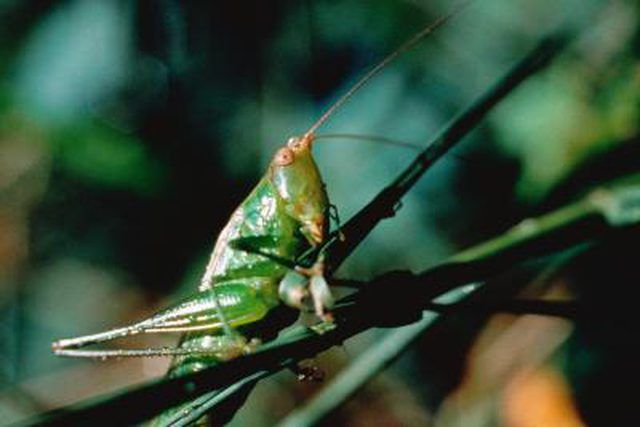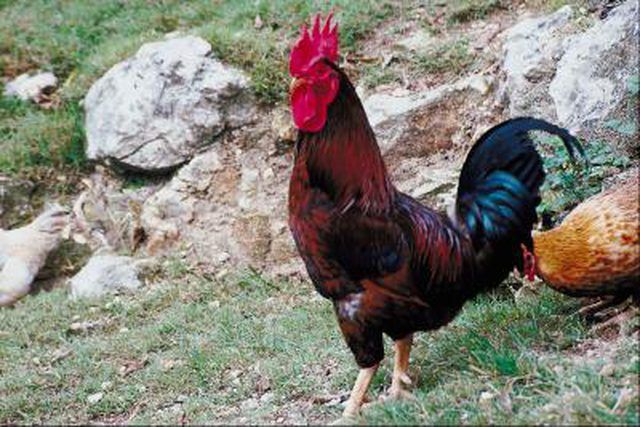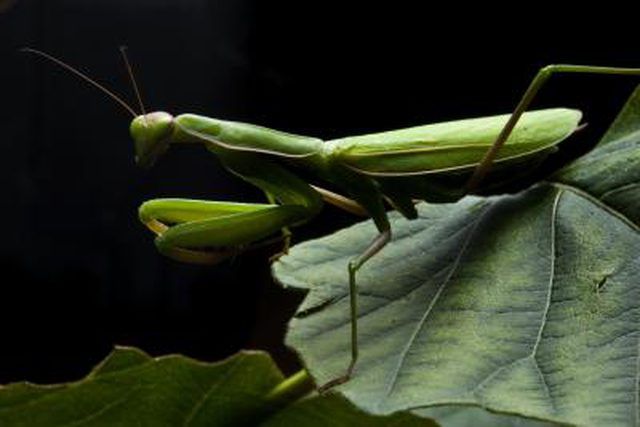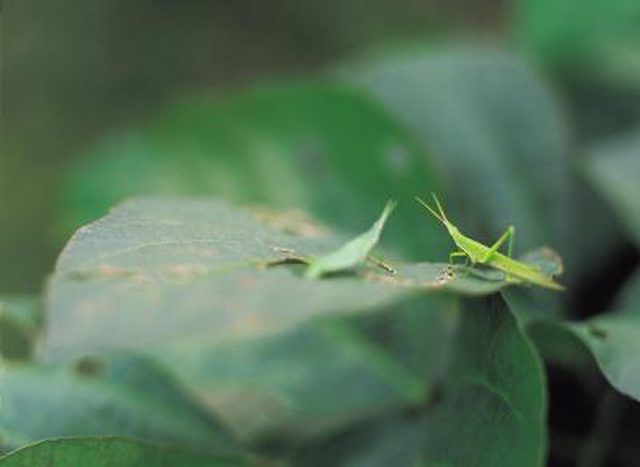Bulbs
Flower Basics
Flower Beds & Specialty Gardens
Flower Garden
Garden Furniture
Garden Gnomes
Garden Seeds
Garden Sheds
Garden Statues
Garden Tools & Supplies
Gardening Basics
Green & Organic
Groundcovers & Vines
Growing Annuals
Growing Basil
Growing Beans
Growing Berries
Growing Blueberries
Growing Cactus
Growing Corn
Growing Cotton
Growing Edibles
Growing Flowers
Growing Garlic
Growing Grapes
Growing Grass
Growing Herbs
Growing Jasmine
Growing Mint
Growing Mushrooms
Orchids
Growing Peanuts
Growing Perennials
Growing Plants
Growing Rosemary
Growing Roses
Growing Strawberries
Growing Sunflowers
Growing Thyme
Growing Tomatoes
Growing Tulips
Growing Vegetables
Herb Basics
Herb Garden
Indoor Growing
Landscaping Basics
Landscaping Patios
Landscaping Plants
Landscaping Shrubs
Landscaping Trees
Landscaping Walks & Pathways
Lawn Basics
Lawn Maintenance
Lawn Mowers
Lawn Ornaments
Lawn Planting
Lawn Tools
Outdoor Growing
Overall Landscape Planning
Pests, Weeds & Problems
Plant Basics
Rock Garden
Rose Garden
Shrubs
Soil
Specialty Gardens
Trees
Vegetable Garden
Yard Maintenance
How to Kill Grasshoppers in Grass
How to Kill Grasshoppers in Grass. Grasshoppers are a type of migratory insect that are capable of eating and destroying a lawn or garden. Thousands of grasshopper species live all over the world, and the best way to get rid of them is to prevent them, because adult insects are harder to kill in large numbers. Spraying them with insecticides is...
Grasshoppers are a type of migratory insect that are capable of eating and destroying a lawn or garden. Thousands of grasshopper species live all over the world, and the best way to get rid of them is to prevent them, because adult insects are harder to kill in large numbers. Spraying them with insecticides is inadvisable because you can kill beneficial insects too, including those that prey on grasshoppers. If your area is infested with grasshoppers, consider working together with your neighbors to eliminate these pests.

Things You'll Need
Poultry birds
Praying mantises
Jars
Water
Molasses
Zinnias
Cilantro
Nosema locustae
Step 1
Use grasshoppers’ natural predators to rid your grass of adult insects. Chickens and ducks love eating grasshoppers. Buy some poultry birds if you have the space to keep them, or borrow some for a few days to significantly reduce the adult grasshopper population, preferably before fall, when the insects lay their eggs. Birds have the added benefit of leaving droppings that are a natural fertilizer.

Step 2
Get some live praying mantises from your local garden store. Praying mantises are voracious insect eaters that also feed on other pests like aphids and mosquitoes.

Step 3
Make some grasshopper traps by mixing nine parts water with one part molasses in jars and burying them around the lawn with the open tops sticking out of the ground. Grasshoppers will be attracted to the mixture, fall into the jars and drown.

Step 4
Lure grasshoppers elsewhere by planting zinnias in a spot away from your lawn; grasshoppers prefer zinnias to grass. You can also deter them by planting cilantro around your grass; the smell will keep the grasshoppers away.

Step 5
Keep your lawn lush and your garden areas full to prevent future outbreaks of grasshoppers. Grasshoppers lay their eggs in open soil, so the more soil you have covered with grass and plants, the fewer grasshoppers you will have.

Step 6
Try organic grasshopper killers like nosema locustae. This is a type of spore that kills grasshoppers, but doesn’t harm people, animals or other insects. The pesticide is usually sold as cereal coated with the spore. Grasshoppers get sick and die after eating it, then infect other grasshoppers that eat the dead ones. Nosema locustae should be applied around the perimeter of the lawn in early summer when young grasshoppers are just beginning to emerge. It is less effective on adult grasshoppers.

Step 7
Work with your neighbors to find a solution to a grasshopper problem. Grasshoppers infest large areas and, because they migrate, you might kill off one wave only to have another wave arrive soon after. Grasshopper control is more effective if people in a larger area participate.
